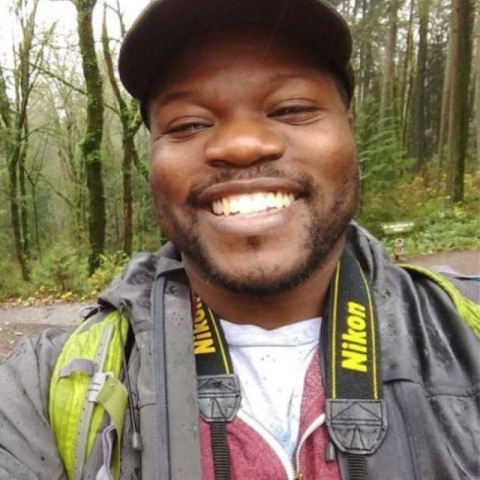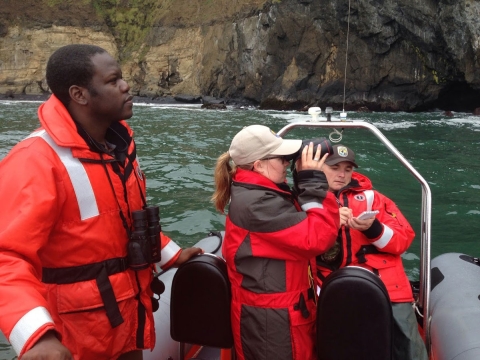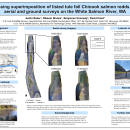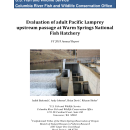
1211 SE Cardinal Ct
Suite 100
Vancouver, WA 98683
United States
About Rikeem Sholes
Meet Rikeem Sholes, Salmon Spy!
Rikeem is a fish biologist and salmon spy working at the Columbia River Fish and Wildlife Conservation Office in Washington. “My girlfriend tells people I spy on fish which is a little reductive but not completely off base. I usually tell people I’m a fish scientist who uses technology to keep track of fish populations in the Columbia River Basin.”
Rikeem helps with field work on various projects and assists in drafting reports, recording data, and with marking crew duties. Rikeem is the office’s certified drone pilot and is working towards starting a program to utilize that technology.
Program: Hatchery Assessment
What's your official title and job series?
0482-Fish Biologist
Current Projects:
- Mitchell Act program monitoring and evaluation activities
- John Day-The Dalles Dam mitigation program monitoring and evaluation activities
- Warm Springs NFH monitoring and evaluation activities
- Mass Marking monitoring and evaluation activities
- Hatchery Evaluation Team activities
What does conservation mean to you?
For me conservation means repairing damage that humans have done to our environment and mitigating any damage that we may cause as we utilize resources into the future.
What is your favorite aquatic species?
It’s a toss up between grey whales, bobbit worms, and mantis shrimp!
Do you have a memorable moment on the job?
The first time I worked with U.S. Fish and Wildlife I got to nurse Laysan Teals infected with Botulism back to health. My crew found them near man-made seeps on Midway Atoll and treated them with an antitoxin. After that we tube fed them until they were healthy enough to be released. It was my first time handling animals and I have fond memories of that time.
What is the most enjoyable aspect of your work?
My favorite aspect of this job is that I get to find creative solutions to problems out in the field. McGuyvering something together and having it actually work feels excellent.
What led to your career choice? Did you have a fish or conservation "ah-ha!" moment?
I’ve always wanted to be a biologist since I was a kid. It’s the only subject that keeps me interested enough to want to devote an 8+ hour work day to.
Where did you go to school?
- B.S. at Louisiana State University
- M.A. at University of Denver
- Ph.D. at Washington State University (in progress)
To find available fish biologist jobs, go to USAJobs.gov. Search “0482” Filter by “U.S. Fish and Wildlife Service” or “Department of the Interior.” Position requires a degree with a major in biological sciences or a combination of education and experience. Details about education and experience requirements. Specific requirements are detailed in individual job listings.





